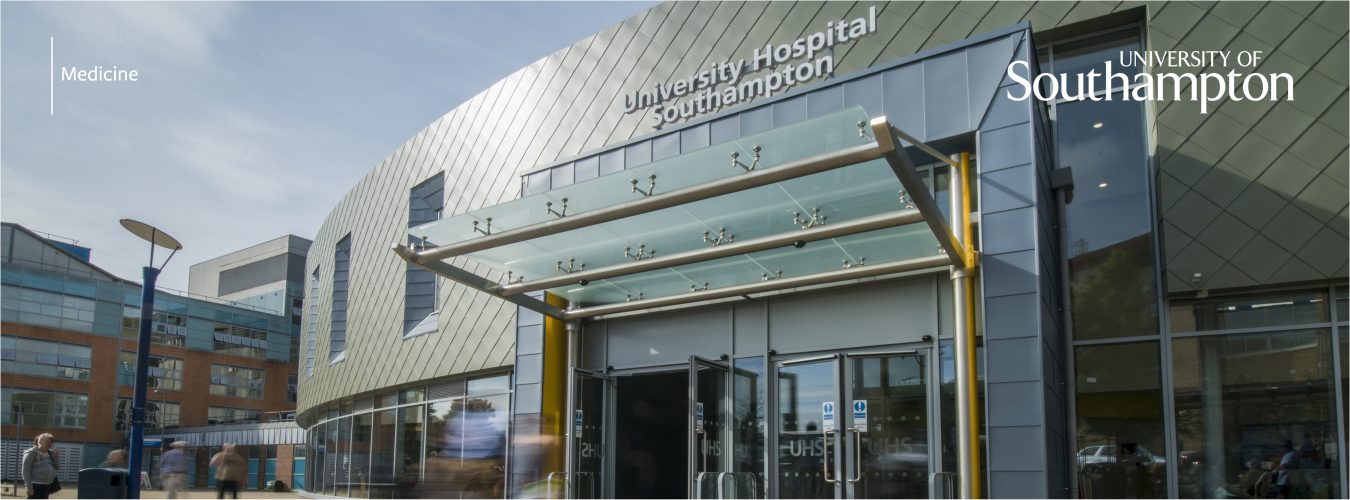Last week, Faculty of Medicine staff received an email highlighting local changes to the policy on scientific publishing that are driven by the move to fully compliant open access.
Amongst other things, this email mentioned Plan S and provided a link to find out more about Plan S. I doubt that many staff followed this link. This is unfortunate, because Plan S will have a major impact on everyone in the Faculty involved in research and in scientific publishing. Plan S will also impact any learned society that you are a member of and which publishes a scientific journal.
Plan S was released in September 2018 by a coalition of European funders. The essence of Plan S is that all publically funded research will be immediately open access by January 2020. Clearly this would be a good thing. However, in my view achieving this is far from simple. The traditional model of journal publishing relies upon subscriptions mainly from research institutions and learned society members. These subscriptions cover the cost of the entire publication process and generate income for publishers and, where the journal is owned by or linked to a learned society, as many traditional journals are, for that society. This publishing model completely separates the cost of publishing from the authorship; for example an author can publish in a journal at no cost and for which the author’s institution has no subscription.
The downside of this model is that dissemination of the published material is restricted to those with subscriptions, although other (legal) mechanisms have always been available to mitigate this. The availability of the internet changed the possibilities for processing manuscripts and for publishing accepted articles. Moves towards open access began in the 1990s but it was not until the early 21st century that open access became a reality for most of us.
Open access is a completely different model of publishing. In open access “the author” (this is likely to be the institution or the funder) pays a fee, termed an “article processing charge”, and the article becomes freely available to all; no subscription is necessary. This makes research available to all, free of charge to the user, and enables easy global dissemination of an author’s work.
This is, of course, wonderful. As the open access idea quickly evolved many new fully open access journals were established and many of these have been successful, although open access has also created many unethical practices from publishers and authors alike. These are mainly due to the direct link between the cost of publishing and authorship. In order to move closer to and comply with open access requirements of funders, many traditional journals allow papers to be published open access upon payment of an article processing charge. Thus, an issue of a traditional journal may contain a mix of open access and non-open access publications. These are now referred to as “hybrid” journals.
In the last 10 years many funders, including the core public funders of research in the Faculty, have moved towards a requirement for the work they fund to be published open access. A transitional model, where accepted manuscripts that will be published non-open access can be made freely available is in place and allows for authors to continue to publish in traditional journals while meeting current open access requirements. Plan S will change that. Plans S states that “publications from research funded by public grants provided by national and European research councils and funding bodies must be published in compliant open access journals or on compliant open access platforms” and that “the hybrid model of publishing is not compliant”. Since it is likely that the bulk of what we in the Faculty publish is in traditional or hybrid journals, Plan S will clearly have a major impact on where we publish. It will be restrictive and many journals in which you now publish will no longer be compliant. Right now New England Journal of Medicine, the Lancet, BMJ, Nature, Science and Cell are amongst the many not fully open access journals, although several do have fully (“gold”) open access sister journals (e.g. BMJ Open). There will also be implications of Plan S for the learned societies that you are a member of. There has been a consultation on Plan S but the outcomes from that are not yet known. I urge you to follow the Plan S debate.

